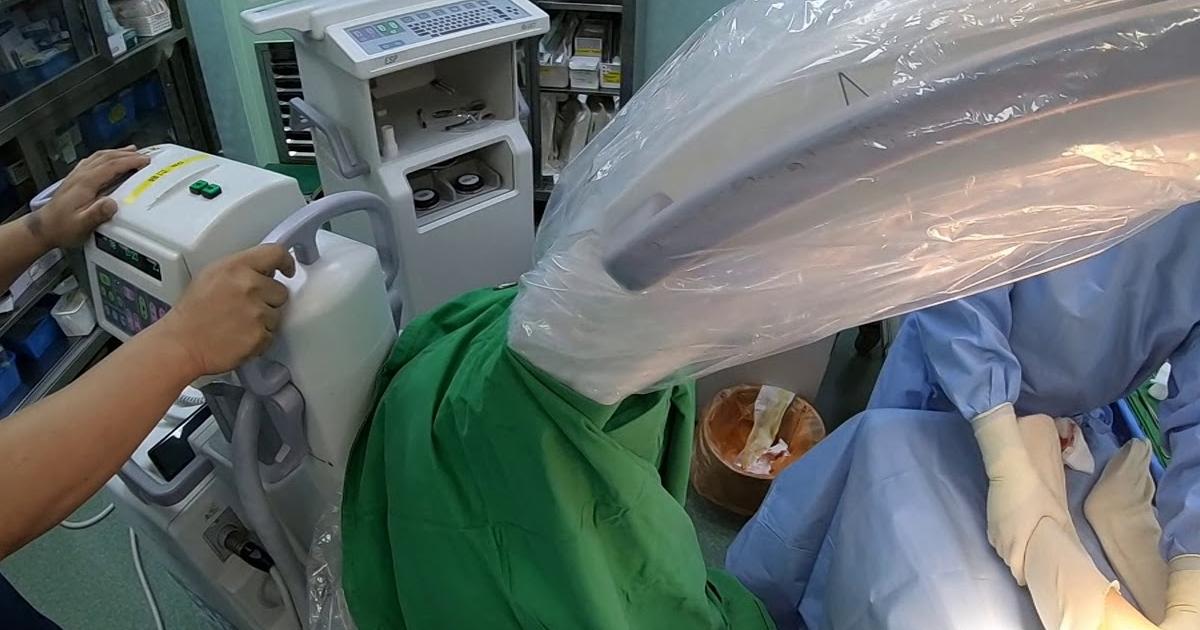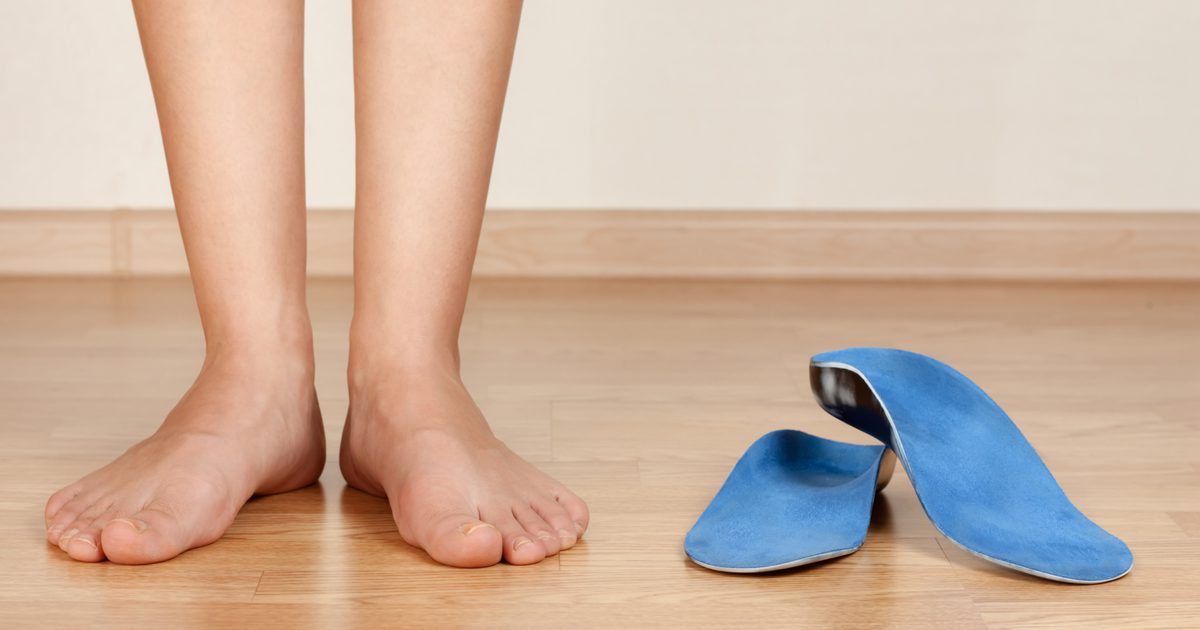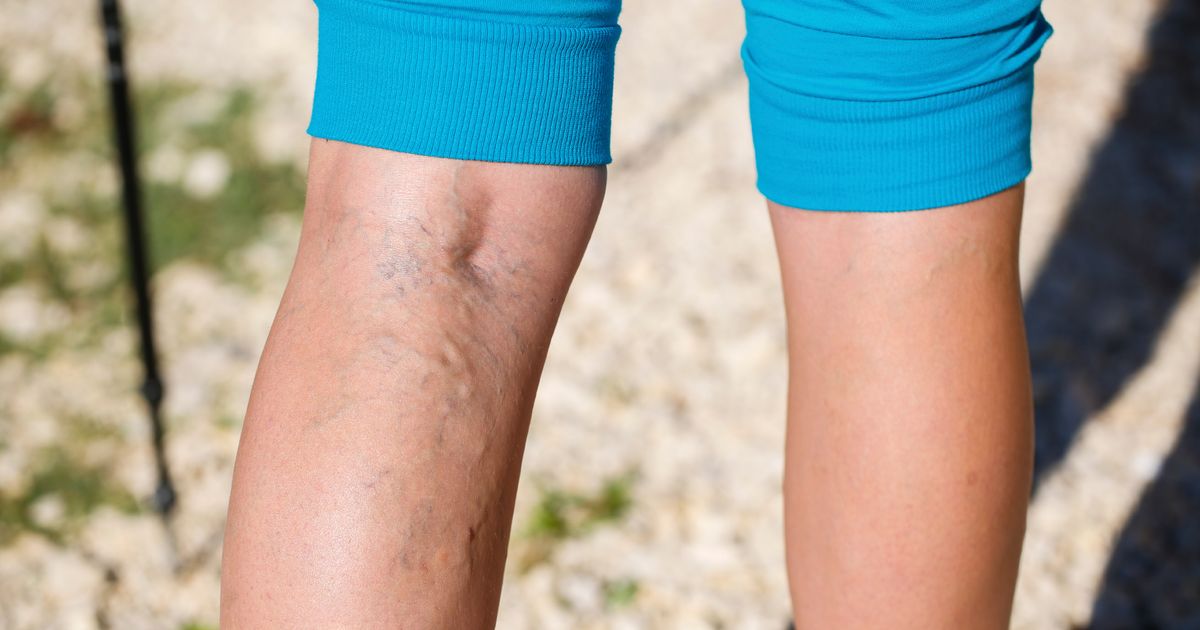Ways To Manage Klippel-Trenaunay Syndrome
Klippel-Trenaunay syndrome is a rare vascular disorder that tends to affect one limb. The limb might have port wine stains, too much bone or soft tissue growth, or varicose veins. There isn't any known cause for Klippel-Trenaunay syndrome. Patients may find their affected limb is warmer, longer, or larger than a normal limb. The syndrome varies in severity from patient to patient. Some patients develop a skin infection, vaginal or rectal bleeding, blood in the urine, or bleeding in the affected limb. Other complications include pain, anemia, seizures, and blood clots. While there isn't a known cure for Klippel-Trenaunay syndrome, there are treatments to reduce the risk of developing complications and alleviate symptoms. Get to know them now.
Epiphysiodesis

Epiphysiodesis is a surgical procedure that stops a limb from growing. The procedure is most often used to correct a discrepancy in leg lengths. Before the procedure can be done, doctors attempt to gauge what the discrepancy between leg lengths will be when the patient stops growing. The treatment is only an option for children, as once adults have stopped growing, it's no longer possible for leg lengths to be corrected this way. This pediatric procedure fuses the growth plate on the longer leg so it will stop growing. While the length discrepancy isn't solved immediately, the shorter leg then has a chance to catch up. It's important for a surgeon to make an accurate prediction about the final leg length. The procedure should be performed at a point in adolescence when the longer leg is about equivalent to the growth potential of the shorter leg. That way, when the longer leg stops growing, the shorter leg will grow to its length and then stop.
Continue reading to reveal more options for treating Klippel-Trenaunay syndrome now.
Compression Therapy

Compression therapy may be helpful for some of the common symptoms of Klippel-Trenaunay syndrome. When patients experience recurring bleeding in their affected limb, malformations of the veins, recurring cellulitis, lymphedema, or consistent insufficiency of the veins, compression garments can help. Compression garments squeeze the affected limb and alleviate swelling and also reduce complications due to enlarged veins. Compression socks are especially helpful for patients who have an affected leg. The pressure relaxes the arteries, allowing blood to flow freely. Instead of pooling in the bottom of the leg, blood is pushed back toward the heart. Since blood continues to move instead of settling, there's a lower chance of developing blood clots.
Learn more about how to treat Klippel-Trenaunay syndrome now.
Embolization

Embolization uses artificial particles to block a particular blood vessel. This procedure is used for a number of different conditions, from aneurysms to certain cancers. With Klippel-Trenaunay syndrome, embolization may help prevent or control abnormal bleeding in the affected limb. It can also eliminate unusual connections between veins and arteries. Some patients prefer this method of symptom management because it's significantly less invasive than open surgery. Patients should follow the instructions of their doctor in terms of preparation. It's also important to let the doctor know information such as other medical conditions and any medications being taken.
Get the details on more ways to manage Klippel-Trenaunay syndrome now.
Orthopedic Devices

Orthopedic devices used to help with Klippel-Trenaunay syndrome address the difference in the length between legs when a patient's leg is affected. Some patients may benefit more from these devices than they would from surgical intervention to correct their limb's length. Orthopedic devices are also a good choice for adults who don't have the option of corrective surgery. Typical orthopedic devices used include shoe inserts or orthopedic shoes made to balance the length of the patient's legs. Patients will talk to a bracing practitioner about their needs. From there, the practitioner will help determine whether they need customized, fitted, or off-the-shelf orthotics. Most Klippel-Trenaunay syndrome patients will need some level of customization to balance their gait. The practitioner will take measurements and create orthotics to accommodate the patient's needs.
Uncover more options for Klippel-Trenaunay syndrome treatment not.
Sclerotherapy

Sclerotherapy is a medical treatment used since the 1930s that can help eliminate spider veins and varicose veins. The therapy generally involves injecting a solution, usually salt-based, into a patient's vein. This solution then causes the blood vessel's lining to become irritated. The vessel collapses and sticks together, and the blood inside clots. Over time, the vessel becomes scar tissue and fades. Patients with Klippel-Trenaunay syndrome will need to consult with a vascular specialist to decide whether they're ideal candidates for the procedure. When patients have had previous blood clots, the eligibility is decided on a case-by-case basis. Factors influencing the decision include the health of the affected area and the reason the clot occurred.